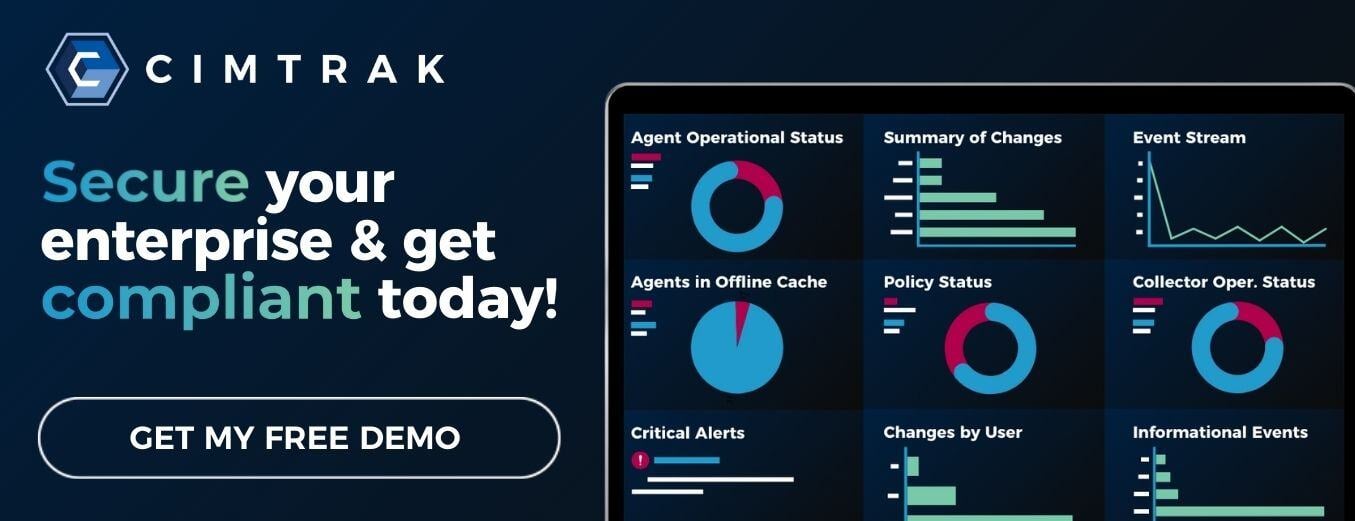What is CVE-2025-53770, the "ToolShell" Zero-Day Vulnerability?
On July 18, 2025, cybersecurity researchers uncovered a critical zero-day vulnerability impacting Microsoft SharePoint, known as CVE-2025-53770, or "ToolShell." This exploit, categorized as an unauthenticated remote code execution (RCE) flaw, quickly became a nightmare scenario for many organizations. Over 100 entities, including government agencies, telecommunications providers, healthcare institutions, and energy companies, were compromised in a matter of days.
How the ToolShell Exploit Works
Initial Exploitation - Uploading Web Shells and Gaining Privileges
The "ToolShell" exploit enabled attackers to upload a malicious ASPX web shell directly to on-premises SharePoint servers without requiring authentication. From there, attackers could remotely execute commands, steal sensitive cryptographic keys known as MachineKeys, and maintain persistent access even after initial patches were applied.
Organizations scrambled to respond, with Microsoft releasing emergency patches and the Cybersecurity and Infrastructure Security Agency (CISA) providing urgent mitigation guidance. However, patching alone did not fully remediate the threat due to the persistence mechanisms that the attackers employed.
The "ToolShell" zero-day vulnerability had significant and far-reaching consequences, starting with privilege escalation. Exploiting the flaw enabled attackers to gain control of the server under the context of a privileged SharePoint service account, often granting them local SYSTEM privileges. Once established, attackers uploaded malicious ASPX web shells, notably the "spinstall0.aspx," directly to servers, modifying critical SharePoint files without triggering typical alarms.
Persistence and Backdoor Access via MachineKeys
Moreover, attackers stole cryptographic MachineKeys, allowing them to forge trusted authentication tokens. This theft enabled persistent backdoor access even after the initial patches were applied, complicating remediation efforts significantly. The compromised servers provided attackers with extensive capabilities, including executing remote commands, accessing sensitive data, and facilitating lateral movement to interconnected services like Teams, Outlook, and OneDrive. The stealthy and persistent nature of these backdoors amplified the difficulty of completely removing attackers and securing affected systems.
This raises an important question: Could this scenario have been prevented or quickly contained? The answer is yes, and CimTrak is exactly the type of solution designed for this scenario.
Why EDR Tools Missed the SharePoint ToolShell Attack
Endpoint Detection and Response (EDR) solutions typically focus on detecting threats based on behavior analysis and known attack patterns at the endpoint level. However, the "ToolShell" zero-day attack against SharePoint servers operated at the application and server configuration levels, utilizing legitimate web application components in unauthorized ways. Such activity often bypasses the traditional behavioral detection methods employed by most EDR platforms. In essence, these tools were not specifically designed to identify subtle configuration of file integrity anomalies, leaving them blind to the precise changes that enabled this zero-day exploit.
In contrast, a solution unlike CimTrak provides specialized, continuous file integrity and configuration monitoring, making it particularly adept at spotting subtle yet critical deviations from known-good system states.
How CimTrak Detects and Blocks Threats Like ToolShell
The CimTrak Integrity Suite is an advanced integrity monitoring and security management solution that continuously monitors servers and network devices for unauthorized changes. It immediately alerts teams and automatically reverses unauthorized changes to a known secure state.
Real-Time File Integrity Monitoring in Action
In the case of the SharePoint "ToolShell" vulnerability, CimTrak's real-time file integrity monitoring would have immediately detected the unauthorized web shell ("spinstall0.aspx") upon its upload to the server. Instant alerts would have notified administrators, enabling rapid response and containment. Furthermore, CimTrak's capability to automatically roll back unauthorized file changes would have significantly limited the attacker's ability to establish persistence.
When attackers sought to compromise the MachineKey files, CimTrak's real-time detection capabilities and configuration monitoring would have alerted administrators the moment these critical system files were accessed or altered. This would have allowed for immediate containment measures, including rotating MachineKeys and cutting off the attackers' pathways to maintaining ongoing unauthorized access.
Forensics and Compliance Support After a Zero-Day Attack
Beyond immediate containment, CimTrak provides detailed forensic analysis. Immutable logs, comprehensive before-and-after comparisons of altered files, and clear records of "who, what, when, and where" facilitate efficient incident response and regulatory compliance.
Such forensic capabilities are indispensable in the wake of significant security incidents like "ToolShell." They ensure that IT and security teams can rapidly pinpoint compromised systems, accurately assess the breach's extent, and swiftly return operations to normal with confidence.
Key Takeaways and Recommendations
The "ToolShell" attack on SharePoint vividly illustrates the importance of proactive, real-time file integrity monitoring and incident response automation:
- Detection - Immediate alerts to unauthorized changes drastically reduce response times
- Remediation - Automated rollback of unauthorized modifications can quickly restore systems to a secure state
- Forensics - Comprehensive, immutable logs enhance response effectiveness and simplify post-incident investigations
Organizations that rely only on patches remain vulnerable to ongoing threats. CimTram not only immediately identifies these attacks but also offers actionable insights and automated tools to rapidly neutralize them.
Final Thoughts: Strengthen SharePoint Security with CimTrak
While zero-day vulnerabilities may be unavoidable, the ability to detect, respond, and remediate effectively is entirely within every organization's reach. CimTrak provides resilience against evolving cyber threats like the recent Microsoft SharePoint "ToolShell" attack.
Don't wait for the next zero-day to act—secure your infrastructure with CimTrak today.
.png?width=50&height=50&name=Robert%20(1).png)
July 22, 2025




